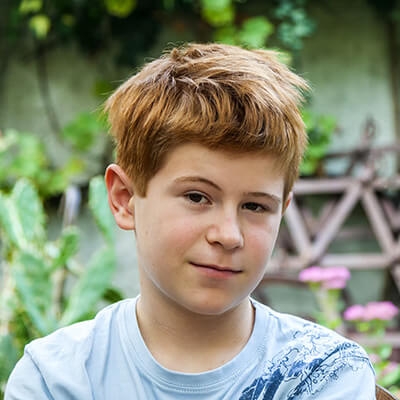Destinations
Where do you want to study?
enforex_pages_course_block_89952720-3a56-40f8-bae1-f5b7bb6a4f72
Off
Off
Off
Skill level
enforex_pages_inner_three_block_c9389790-47f5-4f40-94ae-9610ce0a47d0
OUR BARCELONA CAMP
Just a 15-minute car ride away from the lively city of Barcelona, Castelldelfels, which has been officially recognized as a Sports Tourism Destination by the Catalan Tourist Board, is the perfect place for those who love the great outdoors, sports, and nature. Its ideal location between the green landscapes of Garraf Natural Park and the warm waters of the Mediterranean offers more than 3 miles of beautiful beaches as well as an Olympic canal where students can go kayaking. With downtown Barcelona just half an hour away by train, your children can get to know the city's unique architecture and fascinating culture first hand. When classes are done for the day, they'll enjoy playing sports and participating in other fun activities as they continue to speak Spanish in everyday situations with other international students.WHAT TO EXPECT
After productive mornings dedicated to language learning, your children will continue building friendships with other students from Spain and around the world as they spend their days, afternoons, and evenings taking part in fun activities, sports, and excursions. Students will have to put their heads together and communicate to make it to the end of the treasure hunt, and coming up with a strategy for capture the flag will put their language skills to the test. Relaxing afternoons spent playing games on the beach offer a nice change of pace, while dances and theme parties pick things up again at different times in the week. Your children will have plenty of opportunities to cultivate their love for the outdoors, and excursions will take them either into the city for adventures with a more urban flavor or to nearby beaches and natural parks. Barcelona Summer CampSummer camps in Spanish - international summer camp in Barcelona Beach
Our international summer camp in Barcelona has it all: Spanish classes without giving up on the beach and in the atmosphere of a big city like Barcelona.
Barcelona Summer Camp
Barcelona Summer Camp
OUR BARCELONA CAMP
Just a 15-minute car ride away from the lively city of Barcelona, Castelldelfels, which has been officially recognized as a Sports Tourism Destination by the Catalan Tourist Board, is the perfect place for those who love the great outdoors, sports, and nature. Its ideal location between the green landscapes of Garraf Natural Park and the warm waters of the Mediterranean offers more than 3 miles of beautiful beaches as well as an Olympic canal where students can go kayaking. With downtown Barcelona just half an hour away by train, your children can get to know the city's unique architecture and fascinating culture first hand. When classes are done for the day, they'll enjoy playing sports and participating in other fun activities as they continue to speak Spanish in everyday situations with other international students.WHAT TO EXPECT
After productive mornings dedicated to language learning, your children will continue building friendships with other students from Spain and around the world as they spend their days, afternoons, and evenings taking part in fun activities, sports, and excursions. Students will have to put their heads together and communicate to make it to the end of the treasure hunt, and coming up with a strategy for capture the flag will put their language skills to the test. Relaxing afternoons spent playing games on the beach offer a nice change of pace, while dances and theme parties pick things up again at different times in the week. Your children will have plenty of opportunities to cultivate their love for the outdoors, and excursions will take them either into the city for adventures with a more urban flavor or to nearby beaches and natural parks.Sorry, there are no available programs in this destination
WHERE WOULD YOU LIKE TO STUDY?
Choose your destination ‹Prices and Extras
You can personalize your summer camp with optional activities and extra services
Request more info
Other Programs
enforex_pages_dest_rel_block_b727d32d-7afc-4183-8807-0ccd7fc41f30
Wondering what else is out there?



